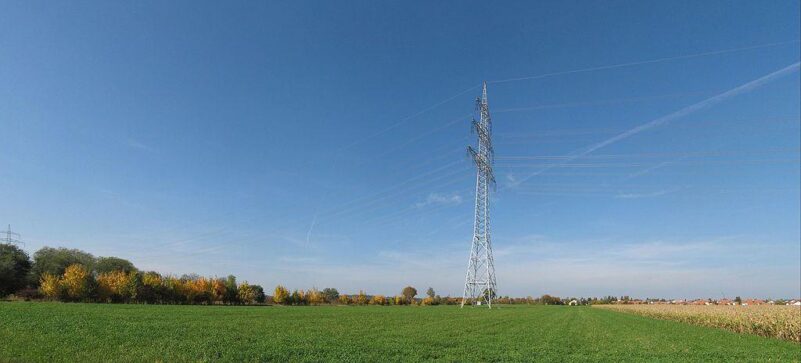by Dr. Sharon Strover
Several years ago, I met with many local economic development people throughout various Texas towns. They all said, “I want this town to be attractive enough for my kids to come back here when they want to raise their families.” That was not going to happen without better connections to the world, specifically –without broadband Internet. More recently, on a project in rural Kansas, I heard about women crafting goods – in their kitchens, their gardens, their living rooms – to sell online, but they could not get a good connection to Etsy! In rural Maine, the potential for telecommuting in to information sector jobs inspires hope for growth, but is largely dependent on the presence of reliable broadband.
These experiences drive our new work on rural broadband. Broadband is synonymous with high quality connectivity, currently defined by the FCC as at least 25Mbps download speeds and 3 Mbps upload speeds.[i] People use the Internet for entertainment, for work, for research, to track kids’ schoolwork, to look up health tips, and to find our way around news, among other things. Depending on the Internet means when we do not have it, life works differently. If you rarely have a good Internet connection, or have to work hard to be in a place with some connectivity, life is very different from what the majority of Americans experience. This digital divide amounts to at least 19 million rural Americans without access to high-speed services at home. About 65% of rural Americans have access to high-speed fixed service compared to 97% of urban dwellers, not counting mobile phone access. According to Microsoft, these estimates of the digital divide are too conservative.
The disparity is the crux of a national problem, one that divides urban from rural environments and, by extension, defines opportunity from missed chances. We are spending the next year looking at the relationship between high-quality broadband services and economic outcomes in rural areas, with a view to how we might improve the situation.
We have some good preparation for this. Over the last couple of years, the Technology & Information Policy Institute at UT Austin investigated how rural libraries were “loaning the Internet” to their patrons – mostly to people who had no home connections because there were none to be had, or because they were too expensive, or whose connectivity was low-quality. I heard something in that study I have heard elsewhere: people desperately want good quality and affordable broadband, but just cannot get it. For many people, the library programs were a godsend! They used them for everything from completing online courses to connecting with distant family, from streaming programs to applying for jobs. They see this infrastructure as fundamental – and they believe that without it, their communities will wither. The quality – speed and reliability – of broadband services is something we plan to examine in our new work. Many states and even the FCC also are looking for solutions and actively experimenting with strategies to improve local broadband in rural regions.
Over the next two years, our team at TIPI will gather updated statistics on what we are calling “Broadband and the Rural Entrepreneurial Ecosystem,” focusing particularly in Texas, Maine and Kansas. With IC2’s support, we will begin to explore when this technology makes a difference for local economies and especially for entrepreneurs using available statistics and some on-the-ground investigations in selected counties to see how entrepreneurs in rural regions have coped with broadband needs. We are looking forward to learning more about the local, lived circumstances and opportunities for broadband in rural settings.
[i] The FCC has shifted its definition of “broadband” at various times since the 1996 Telecommunications Act as new capabilities, needs and common speeds increased.
This post can also be viewed on the IC2 website.
Photo credit: VGIVANOV/WIKIMEDIA COMMONS (CC BY-SA 3.0)

